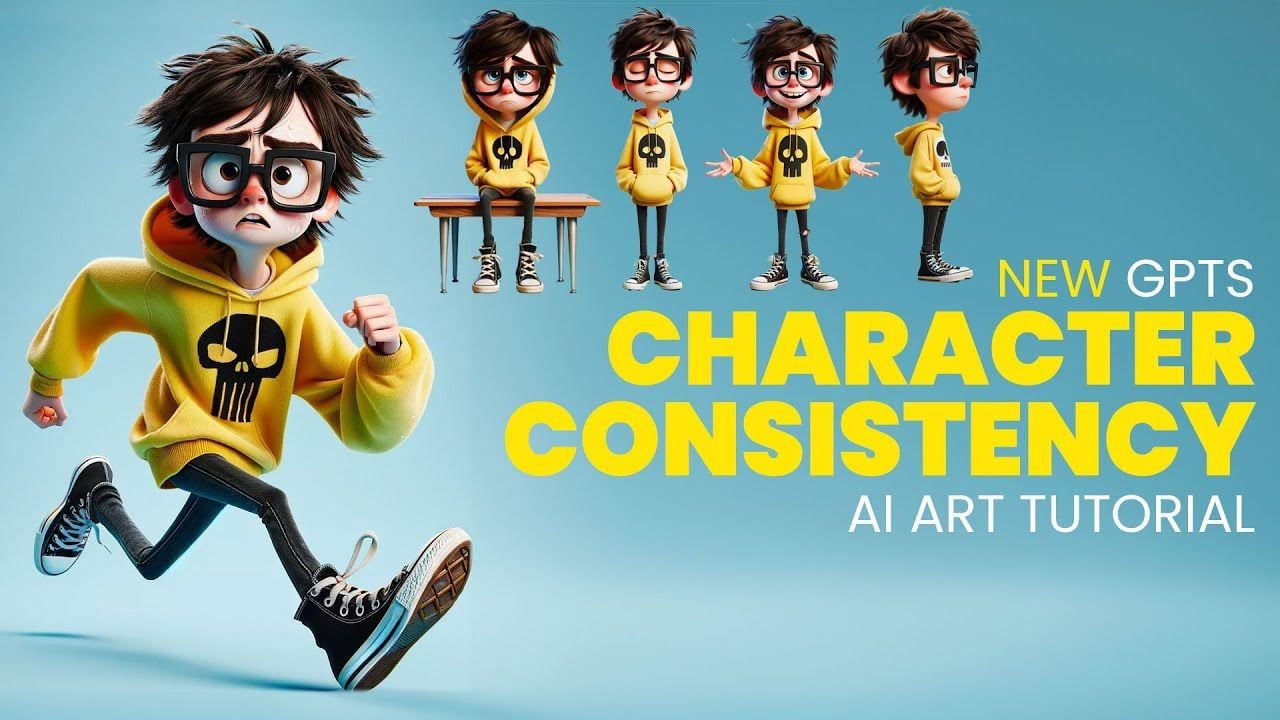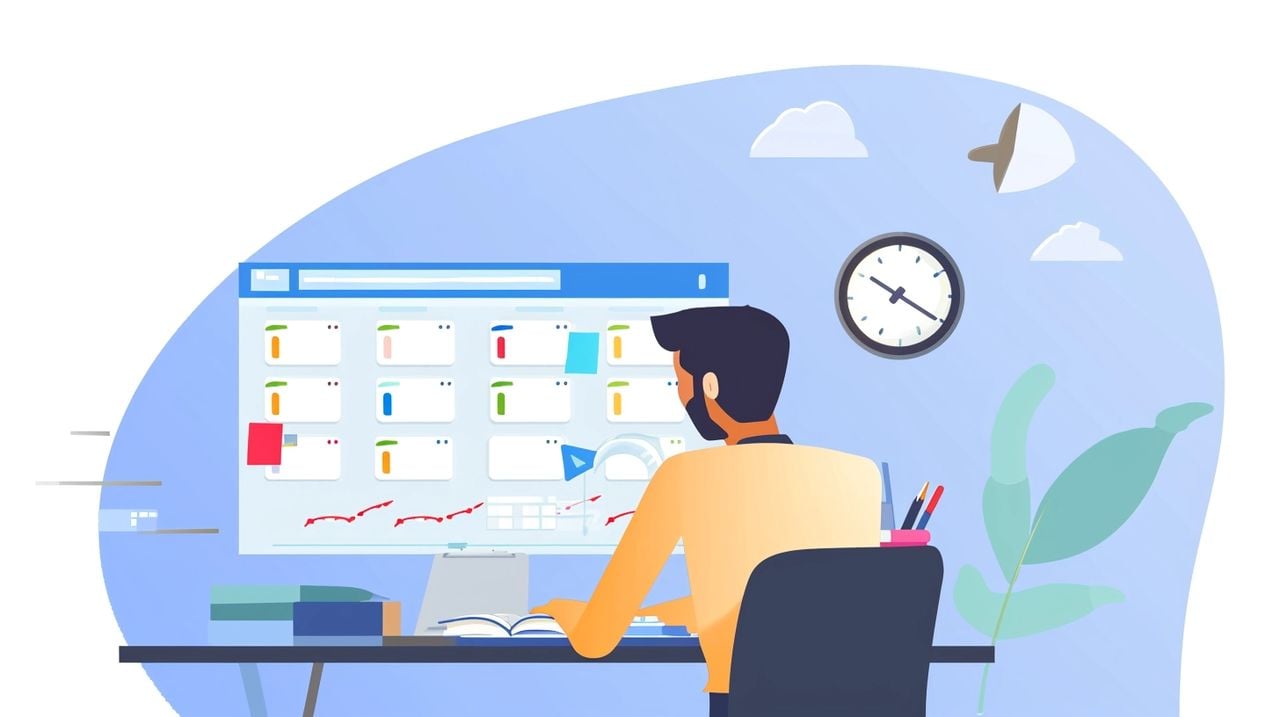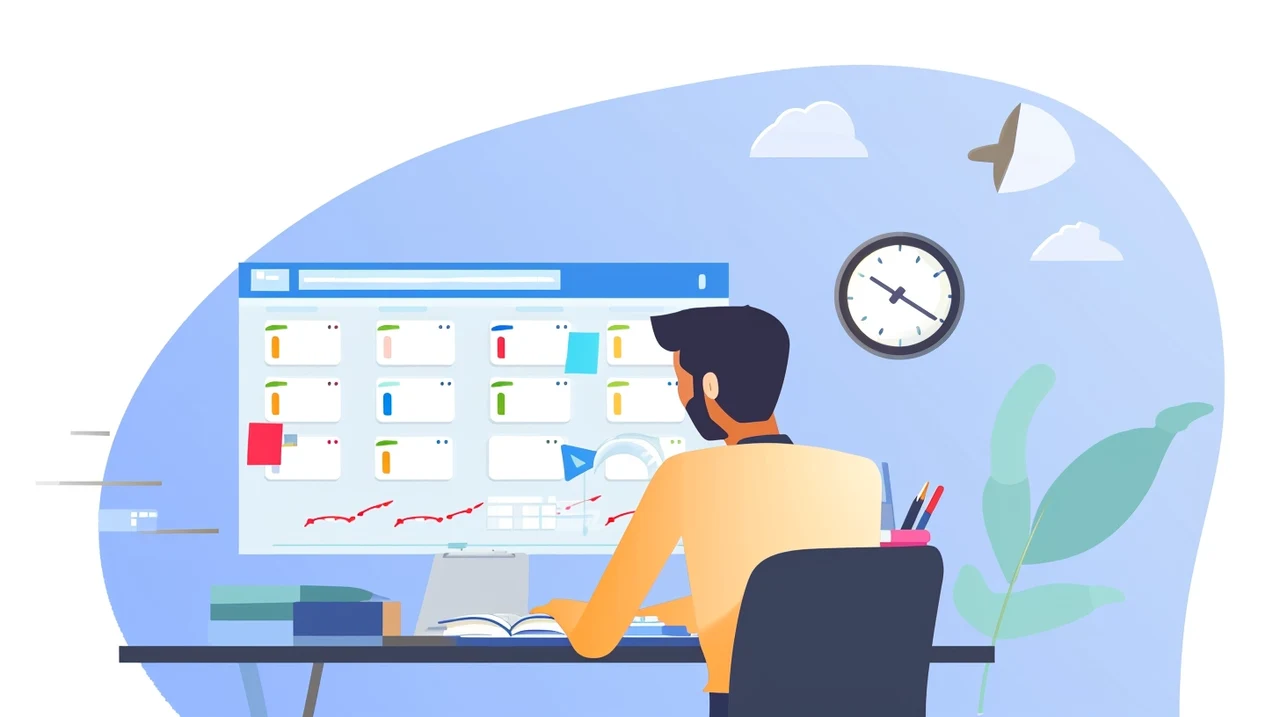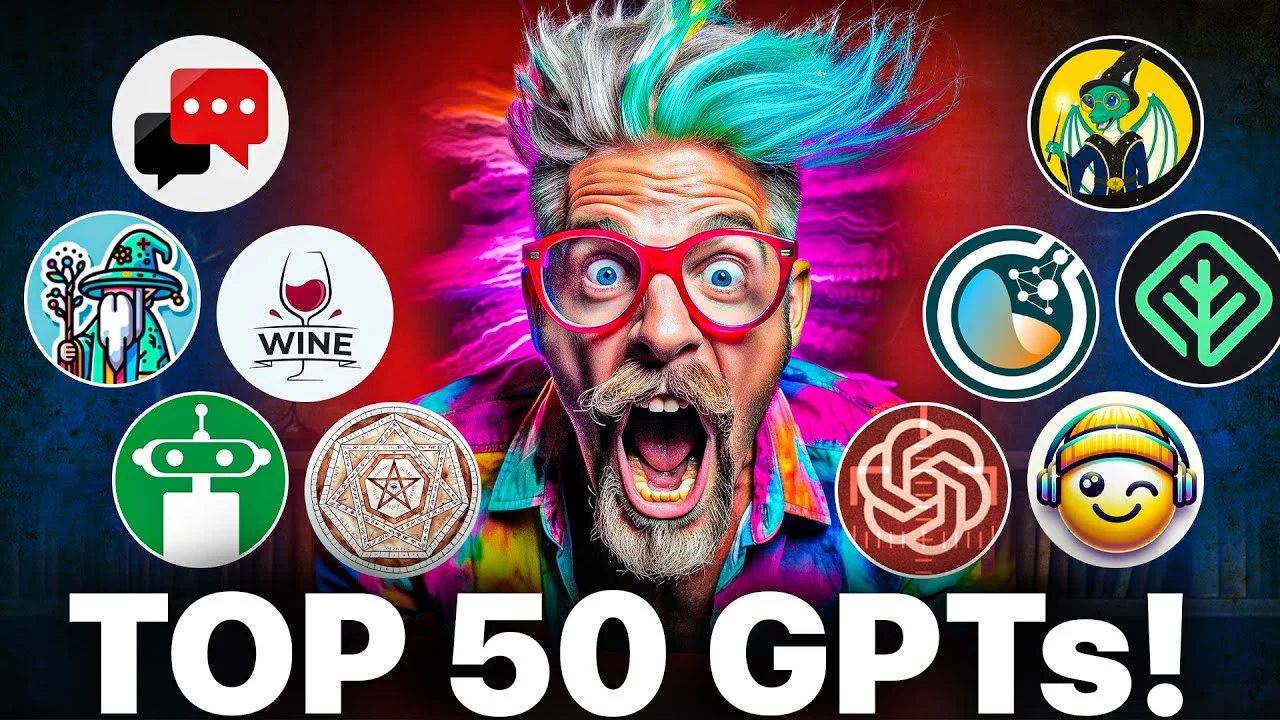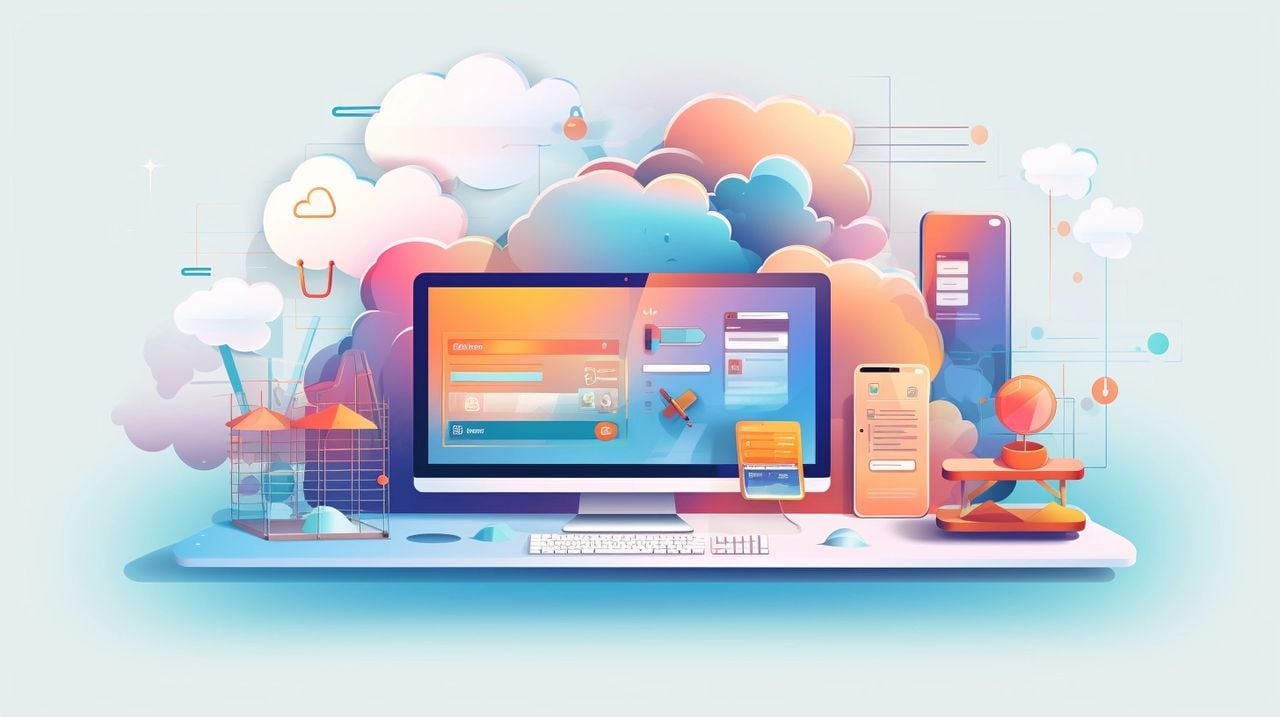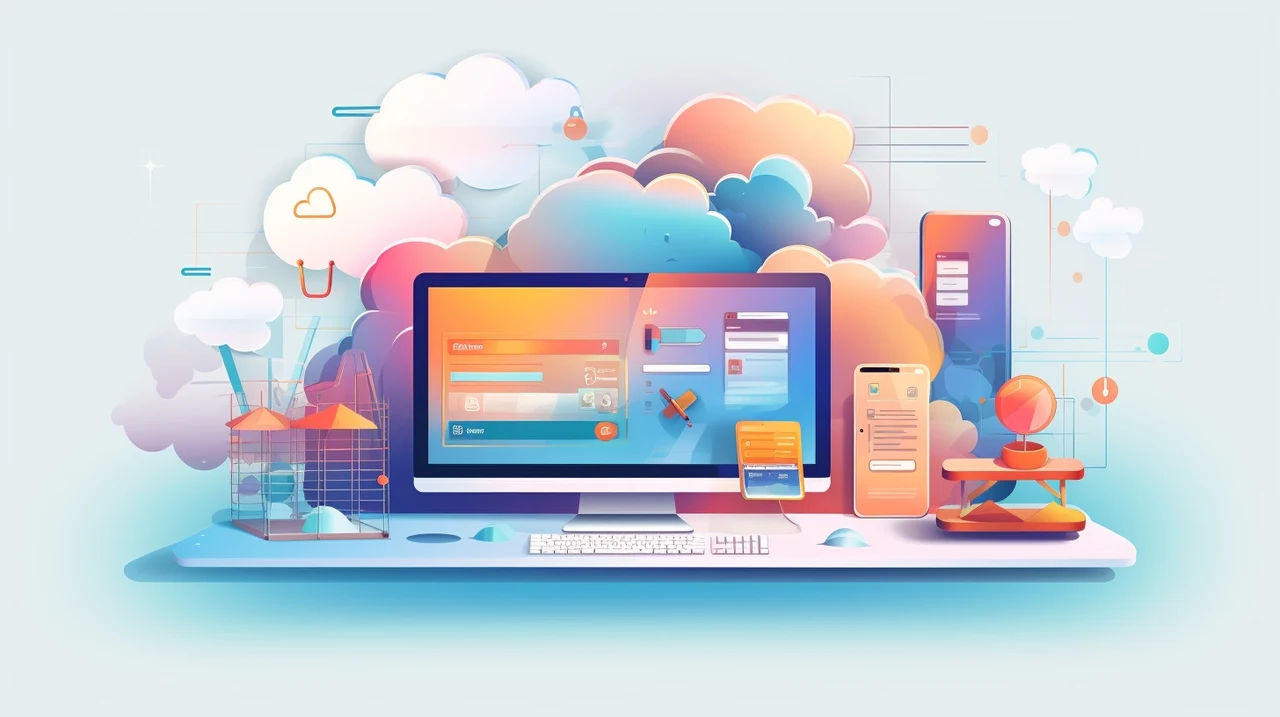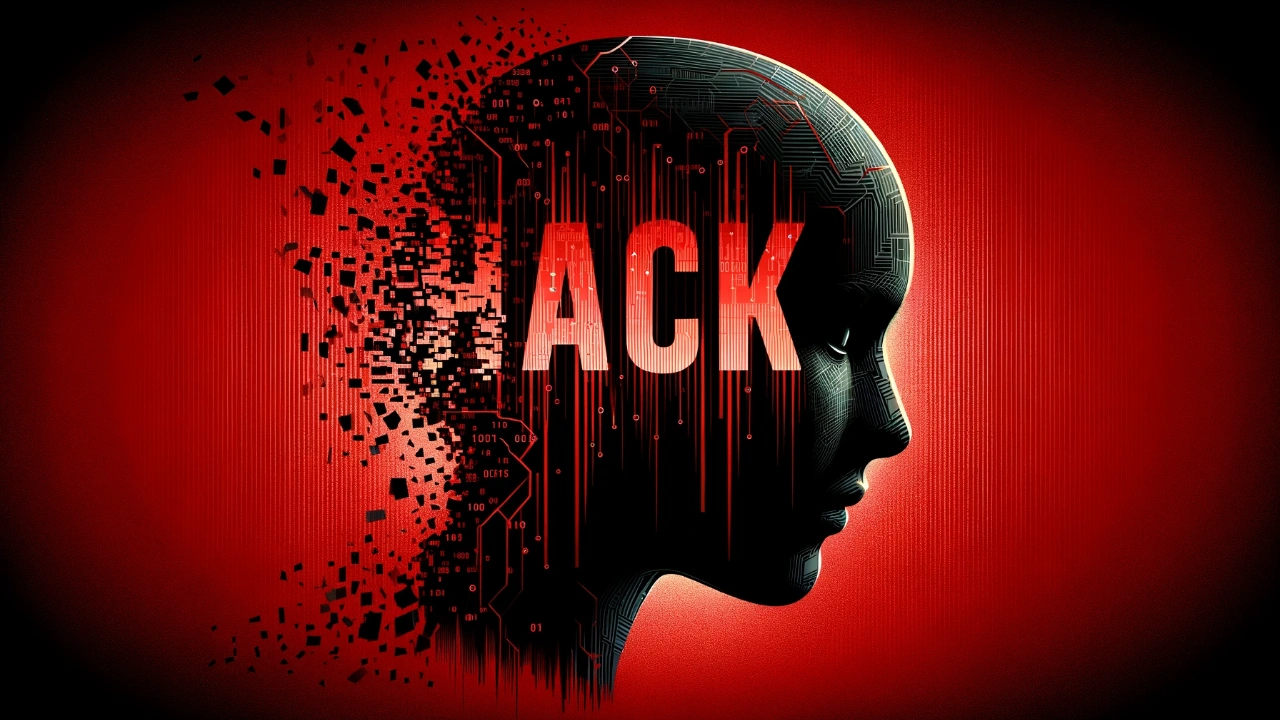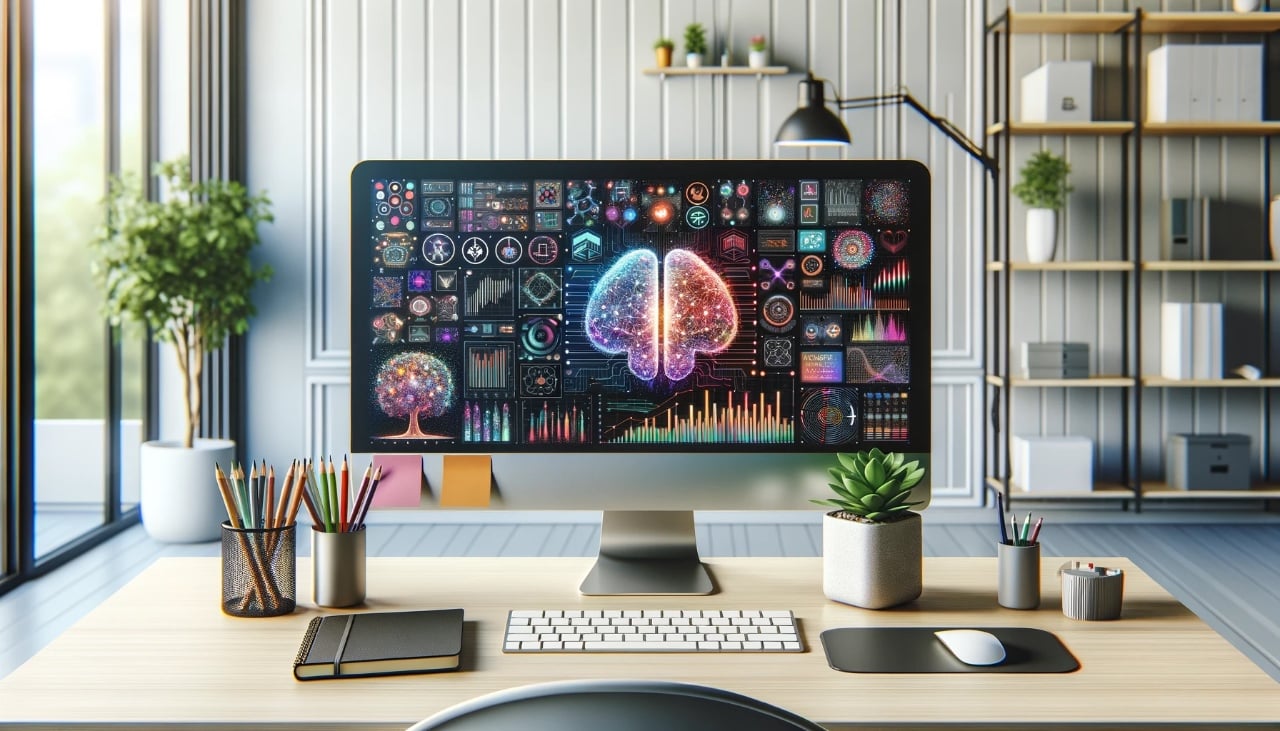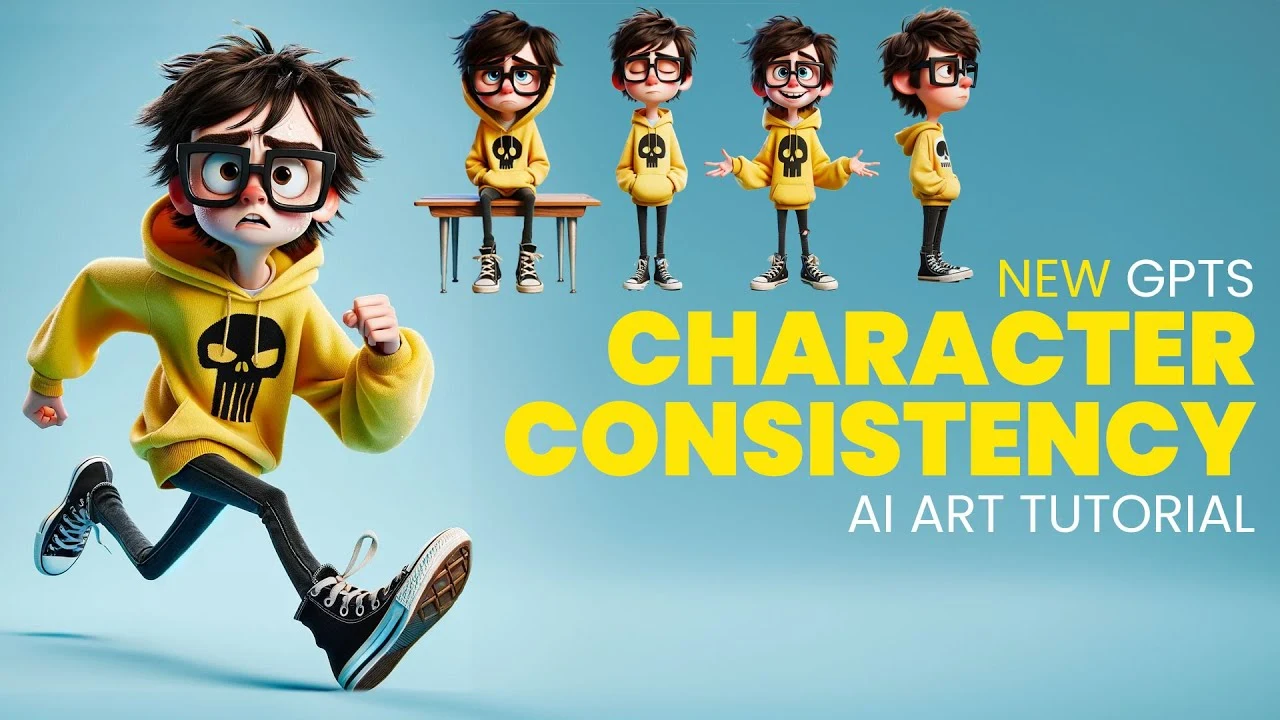 The world of animation is witnessing a significant transformation as new technologies emerge to enhance the creative process. Among these advancements, Generative Pre-trained Transformer (GPT) tools are making a notable impact. These sophisticated tools are changing the way animators ensure their characters remain consistent throughout their stories. By improving visual coherence and simplifying the design process, these tools are making it easier and faster for creators to bring their visions to life.
The world of animation is witnessing a significant transformation as new technologies emerge to enhance the creative process. Among these advancements, Generative Pre-trained Transformer (GPT) tools are making a notable impact. These sophisticated tools are changing the way animators ensure their characters remain consistent throughout their stories. By improving visual coherence and simplifying the design process, these tools are making it easier and faster for creators to bring their visions to life.
Imagine the task of creating a character for an animation project. With the help of custom Character Consistency GPT, an animator begins by entering descriptions of the character’s appearance and clothing into a software platform. They select a visual theme that matches the character’s personality and the story’s setting. The GPT tool then generates a variety of images that show the character in different expressions and actions, in various times and places. This is crucial for keeping the character looking the same throughout the animation, which is important for telling a story that viewers can get lost in.
Consistent characters in AI images
After the design of the character is finished, animators can use these images in dynamic applications like Midjourney. In these applications, they create custom prompts that guide the AI to animate the character in different situations while keeping the original design features. The GPT tool’s database of pre-trained images improves the content creation process. Check out the fantastic tutorial below kindly created by AIAnimation showing exactly what you need to do to start creating consistent characters for your storybooks, videos, artwork and more.
It allows for specific prompts, enabling animators to produce variations of their character that stay true to the original style but also show a range of expressions and actions. This leads to animations that are more complex and captivating. Here are some other articles you may find of interest on the subject of Midjourney styles you can use to enhance your AI image generations and some fantastic ways:
One of the biggest benefits of using GPT tools is the time they save without compromising on quality. Work that used to take hours of careful attention can now be done much more quickly. This allows for faster changes and improvements to character designs. These advanced GPT tools are not just simplifying the design process but are also ensuring the creation of consistent and detailed character images. As a result, they are quickly becoming a vital resource for producing high-quality, engaging animations with efficiency. Animators and content creators are finding that these tools are indispensable for staying competitive in a rapidly evolving industry.
The animation industry is known for its meticulous attention to detail and the painstaking effort required to bring characters to life. However, with the introduction of GPT tools, the landscape is changing. These tools are providing a new level of support for animators, helping them to maintain the integrity of their characters across various scenes and storylines. The technology is sophisticated, yet its application is straightforward, making it an attractive option for both seasoned professionals and those new to the field.
DallE 3 consistency across images
The process begins with you inputting detailed descriptions of the character’s physical attributes and clothing into the GPT tool. This initial step is critical as it sets the foundation for the character’s identity. you then selects a visual theme that aligns with the character’s personality and the narrative’s environment. This theme acts as a guiding principle for the AI as it generates a series of images that depict the character in a multitude of expressions and actions, across different times and settings. This function is essential for ensuring that the character remains visually consistent, which is a cornerstone of immersive storytelling in animations.
Once the character design is finalized, you can breathe life into their creation using dynamic applications that are compatible with the GPT-generated images. These applications allow you to craft custom prompts that instruct the AI to animate the character in a variety of scenarios while preserving the original design attributes. The GPT tool’s reliance on a vast library of pre-trained images streamlines the content creation process. It enables you to create tailored prompts that yield character variations consistent in style yet diverse in expression, resulting in a richer and more engaging animation experience.
The primary advantage of these state-of-the-art GPT tools is their efficiency. They enable animators to save significant amounts of time without sacrificing the quality of their work. Tasks that previously required hours of meticulous labor can now be accomplished swiftly, facilitating rapid iterations and the refinement of character designs.
In the fast-paced world of animation, where deadlines are tight and the demand for high-quality content is ever-increasing, the ability to produce work quickly and efficiently is invaluable. GPT tools are providing animators with this capability, allowing them to focus on the creative aspects of animation without getting bogged down by the repetitive tasks that can often hinder the creative process.
As the animation industry continues to evolve, the role of DallE 3 custom GPT tools is becoming increasingly prominent. These tools are not merely a convenience; they are transforming the way animators approach character design and animation. By ensuring consistency and detail in character images, GPT tools are helping animators produce captivating animations that resonate with audiences. As these tools become more integrated into the animation workflow, they are proving to be an essential asset for content creators who aim to deliver high-quality animations with efficiency and precision.
Image Credit : AIAnimation
Filed Under: Guides, Top News
Latest timeswonderful Deals
Disclosure: Some of our articles include affiliate links. If you buy something through one of these links, timeswonderful may earn an affiliate commission. Learn about our Disclosure Policy.

